NPS is primarily known for being a metric that measures your customers’ satisfaction and loyalty.
However, there are many other ways you can use NPS, including identifying growth opportunities and making data-driven decisions that will directly impact your bottom line.
In this blog post, we'll explore 6 simple ways to use NPS to increase sales in your SaaS business.

Use surveys to build relationships
Building better relationships with clients lies at the heart of NPS. By asking your users to speak their minds, you’ll let them know they matter to you and that you take their views seriously.
Here are some ways you can use the NPS survey to build better relationships and boost sales in the long term.
Understand customer satisfaction: NPS surveys help you gauge how likely customers are to recommend your service to others. You can use the feedback to determine overall customer satisfaction and identify any gaps in the customer experience.
Identify and prioritize improvements: Analyzing NPS feedback can help you easily identify areas that require improvement by asking a follow-up question in your NPS survey. By prioritizing these areas, you can allocate resources effectively and ensure that they are meeting your customers' needs.
To start measuring NPS, simply use the template below:
Engage with customers: Responding to NPS survey feedback, both positive and negative, helps you demonstrate that you value your customers' opinions. Make sure you respond to each NPS response with a personalized message and refer back to the insights provided by the customer.
Close the feedback loop: As a SaaS company, you should strive to share the results of your NPS survey and improvement plans with customers to close the feedback loop. This transparency can help build trust and reinforce the importance of customer feedback.
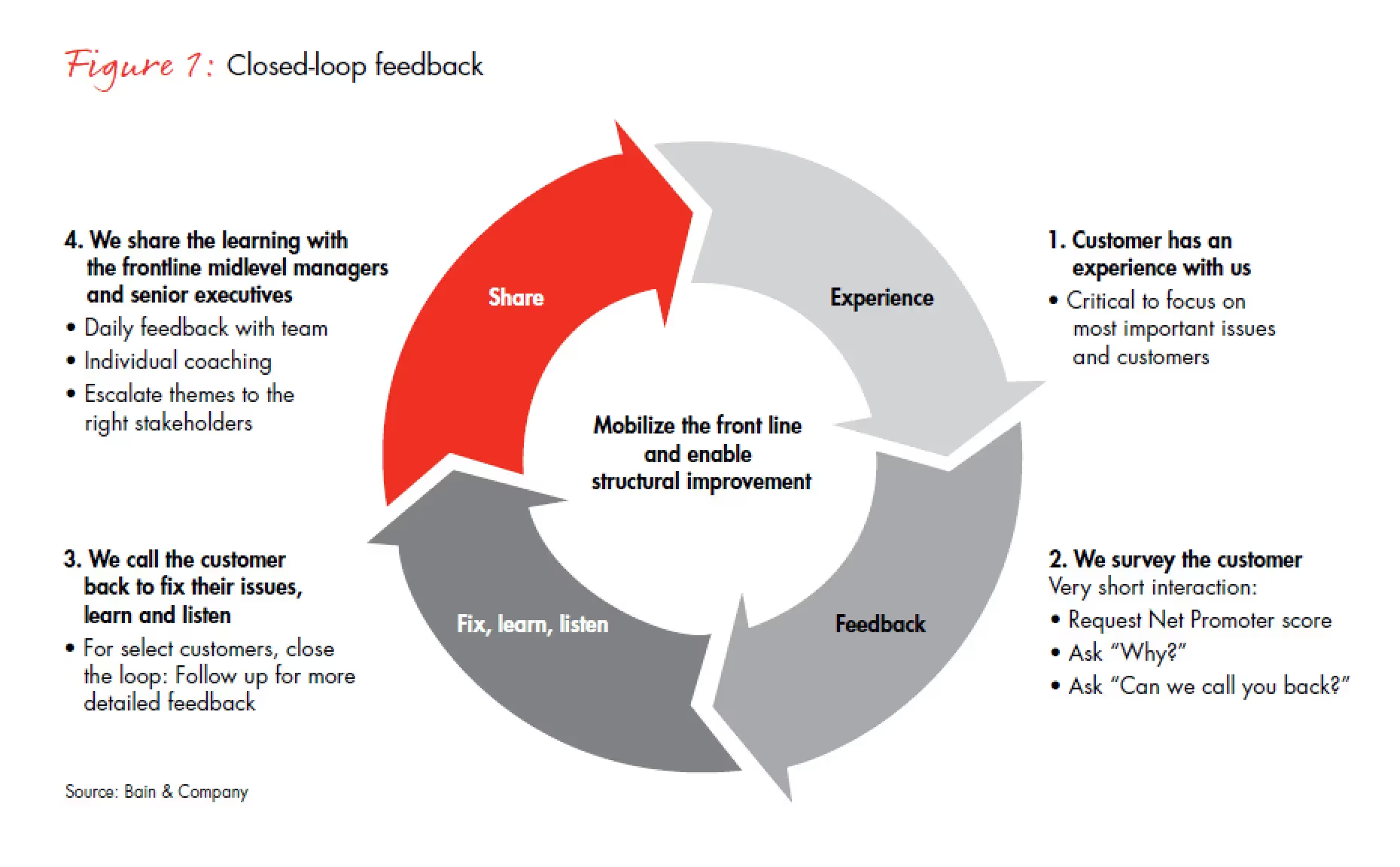
Identify NPS Promoters and leverage their advocacy
Your NPS survey results will categorize your customers into three groups: Promoters, Passives, and Detractors, based on the score they selected. Promoters are your most loyal customers, and they're the ones who are most likely to recommend your product or service to others.
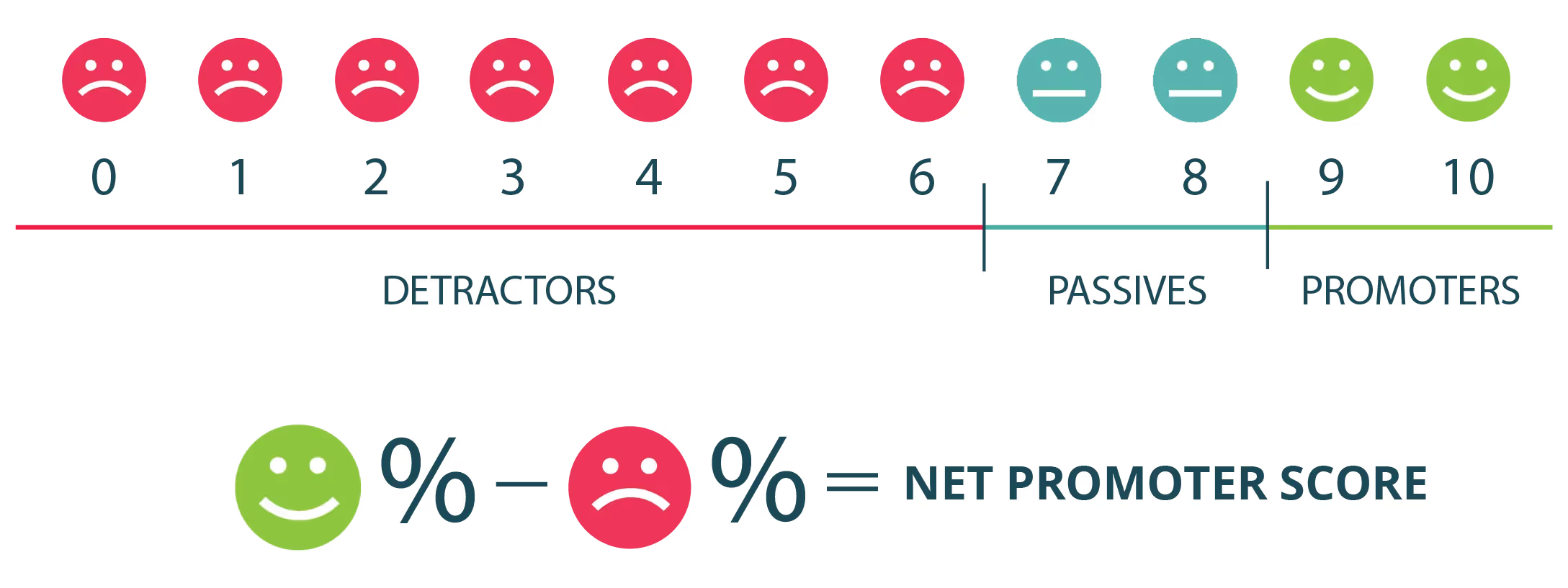
To increase sales, focus on identifying NPS Promoters and leveraging their advocacy. Here are some ways to do that:
- Encourage referrals: Set up a referral program that rewards your Promoters for recommending your SaaS solution. This could include offering discounts, exclusive features, or other incentives.
- Collect testimonials: Reach out to your Promoters and ask them to provide testimonials or case studies that highlight the benefits of using your product or service. Use these testimonials in your marketing materials and on your website to build credibility and trust with potential customers.
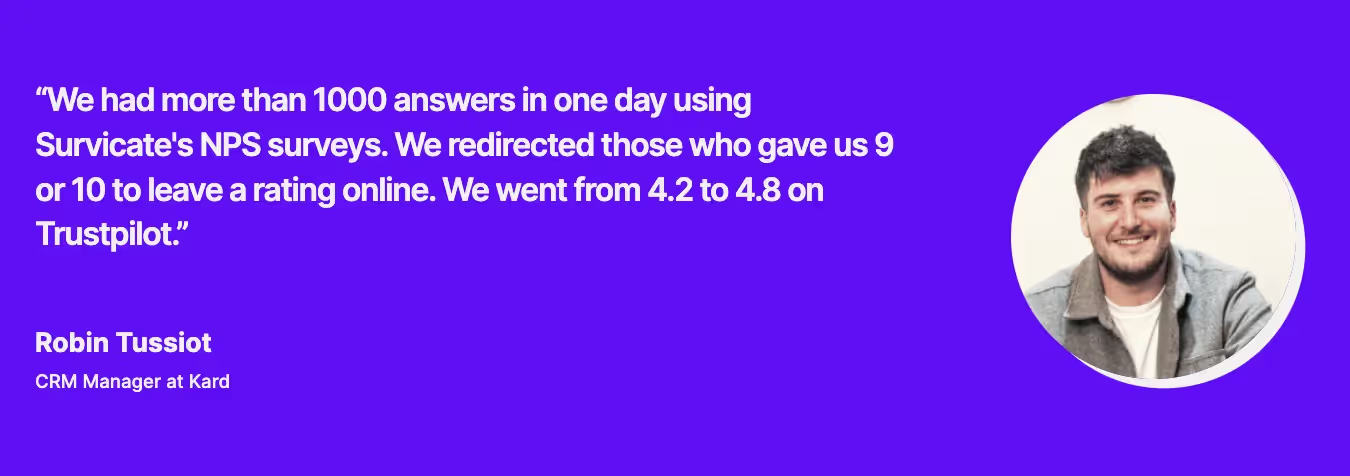
- Engage in social listening: Monitor social media platforms and online forums for mentions of your brand or product. When you find your NPS Promoters praising your SaaS solution, engage with them and share their positive experiences with your audience.
Address NPS Passives’ concerns and convert them into Promoters
NPS Passives are customers who are satisfied with your product or service but may not be enthusiastic enough to recommend it to others. By addressing their concerns and providing a better experience, you can potentially convert passives into promoters, leading to increased sales.
Here are some strategies to help you turn passives into promoters:
- Personalize communication: Reach out to your Passives to understand their concerns and provide personalized solutions. This can be achieved through targeted email campaigns, in-app messages, or even one-on-one phone calls.
- Improve customer support: Ensure that your customer support team is responsive and empathetic to the needs of your passive customers. Invest in training your support staff to handle customer concerns effectively and provide quick resolutions.
You can also ask your customers directly about their experiences with your customer service team using this survey template:
- Implement feature requests: Keep track of feature requests and suggestions from your Passives. Taking these requests into account not only shows that you value their feedback but also helps improve your product or service, making it more likely that they'll become Promoters.
You can use this survey to help your users request new features:
Win back Detractors and prevent churn
Detractors are customers who are unhappy with your product or service and may even discourage others from using it. They are the customers who select 0-6 on the NPS scale.
Addressing the concerns of your Detractors and winning them back can prevent churn and increase sales.
Here's how you can win back Detractors:
- Proactively reach out: Don't wait for Detractors to come to you with their concerns or leave negative reviews online. Instead, proactively reach out to them to understand their pain points and offer solutions. Make sure you personalize the message, too, and refer to the specific complaints they made.
- Offer special deals: Consider offering special deals or discounts to Detractors as an incentive to give your product or service another chance. This can help rebuild trust and show your commitment to their satisfaction.
- Implement a churn prevention strategy: According to Bain & Company, a 5% improvement in customer retention can boost profits by 25–95%. Investing in identifying at-risk customers and providing them with the resources and support they need to succeed with your product or service will go a long way toward reducing churn.
Improve your value proposition
Surveys, including NPS, can help you truly understand your customers’ needs and preferences and you can apply this knowledge to improve your product or service.
Even though examining the overall figure allows you to gauge whether your business is on the right track, you really need to delve further into each user's score and any additional feedback they left to better understand the factors influencing their ratings.
By pinpointing specific pain points faced by your users, you can prioritize product improvements that directly address these concerns.
Running and tracking NPS surveys regularly will help you monitor the impact of the changes on customer satisfaction and loyalty to ensure that they have enhanced the value of your product or service.
Create a customer-centric business culture
A customer-centric approach consists of putting your customers at the center of everything you do. This means that every decision in your company is made taking into account your customers’ needs and preferences, whether it’s to do with customer service or product development.
Research shows that customer-centric companies are 60% more profitable than companies that aren't.
In the world of digital products, customer satisfaction is the ultimate north star. However, measuring its business impact in real time for the product team to make informed decisions is almost impossible. Metrics such as customer lifetime value or net revenue retention are lagging indicators, and their impact on the product team’s work takes effect only after a long time. Therefore, our product teams rely on quantifying the success through proxies like customer satisfaction score (CSAT), customer effort score (CES), or net promoter score (NPS).
Martin Matus, Group Product Manager at Productboard
Running NPS surveys is an easy yet effective way to help you reach a higher level of profitability by finding out what your customers’ needs are and taking action to satisfy them.
YOU MAY ALSO BE INTERESTED IN: SaaS customer satisfaction survey template
Boost your sales with Survicate’s NPS survey
Even though the link between surveys and improved sales might not be immediately obvious, the common denominator is customer feedback.
NPS surveys can play a crucial role in your sales process if you look beyond the score and into the insights it provides.
With Survicate, you can collect and analyze NPS in one place. The 10-day free trial comes with all Business plan features and you integrate with your favorite third-party tools natively. Sign up today and start improving your sales with NPS!









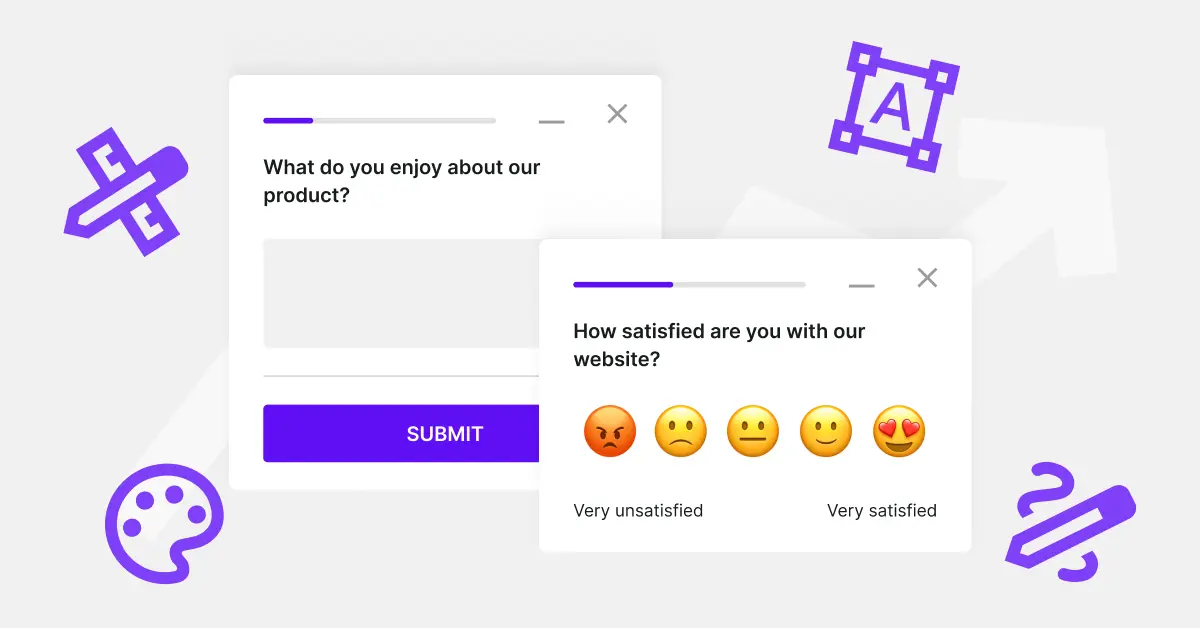
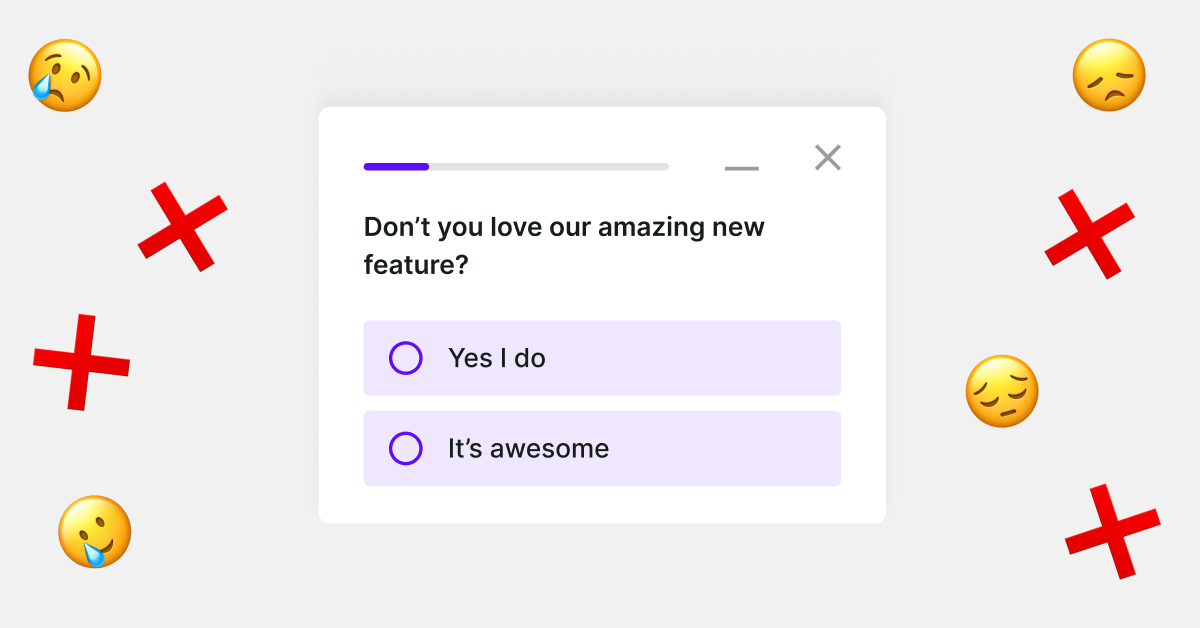
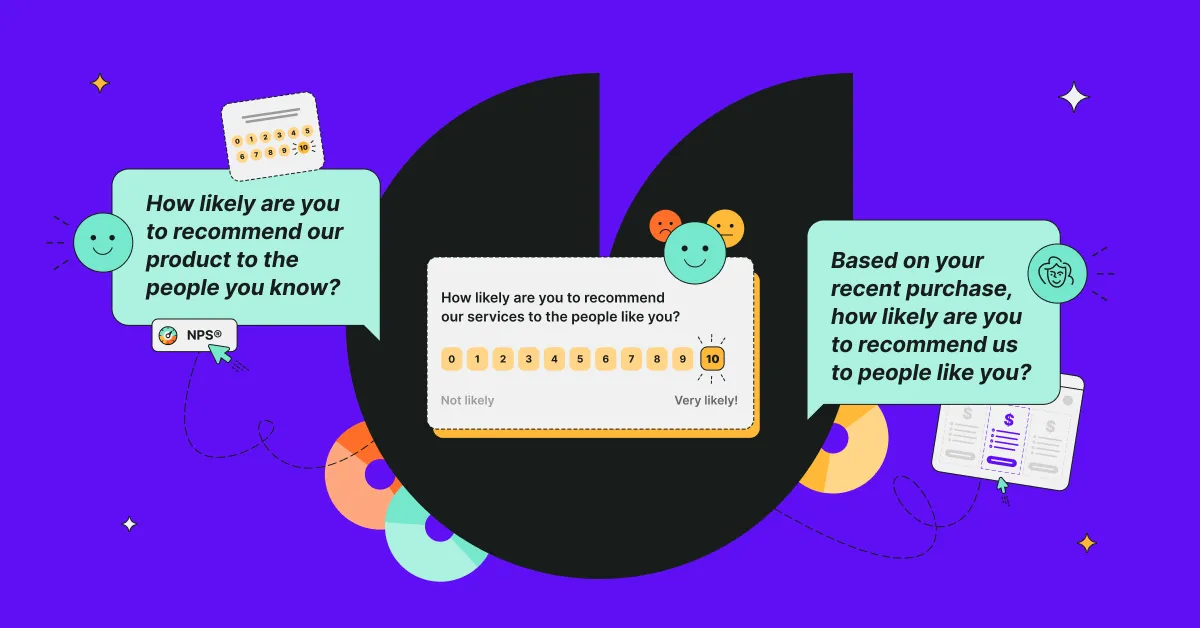
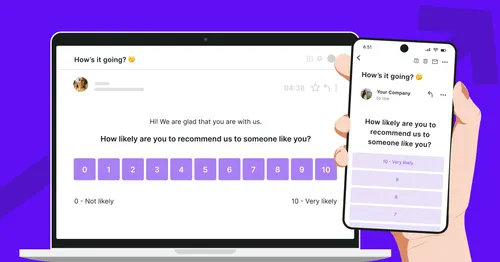
.svg)

.svg)



